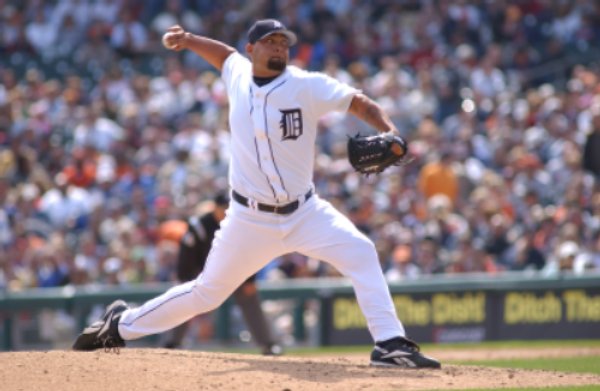
Pages
August06

Sailing
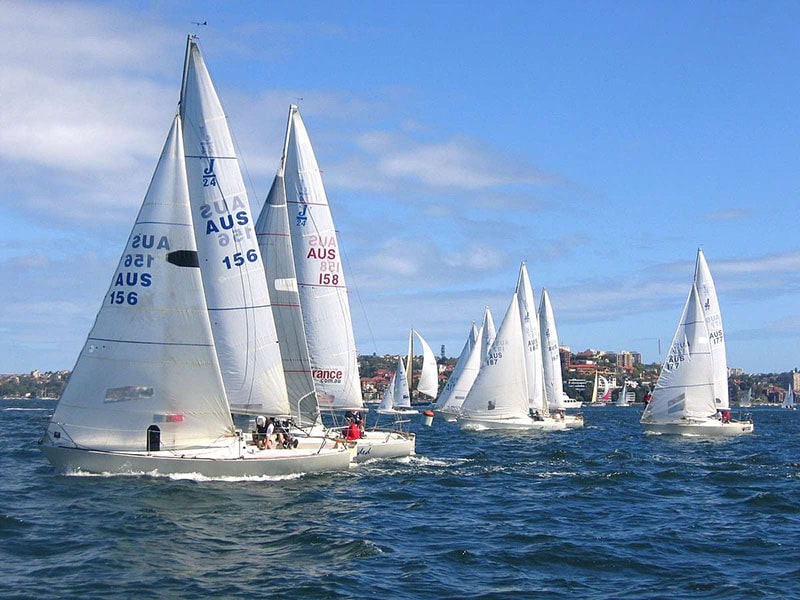
Introduction to the sailing inductees – the names/images are automatically pulled so you don’t have to manually add them to the list.
Dennis Conner
Gerry Driscoll
Joe Jessop
Lowell North
Malin Burnham
Mark Reynolds
Hall of Fame
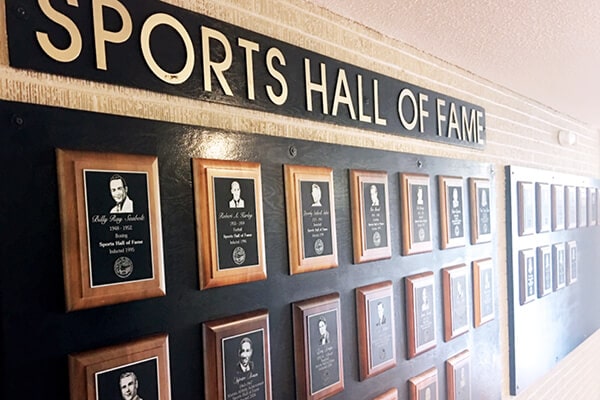
The Breitbard Hall of Fame, established in 1953 by Robert Breitbard, honors athletes who have excelled athletically in San Diego, or who are native San Diegans who have achieved athletic fame elsewhere. Since 1953, the Breitbard Hall of Fame has inducted 104 members representing 20 sports.
The Hall of Fame’s charter member is Harold “Brick” Muller, a standout for the “Wonder Boy” Cal Berkeley football teams of 1920, 1921 & 1922. New members are inducted annually at the Salute to the Champions dinner in February.
The Breitbard Hall of Fame originally stemmed from the Breitbard Athletic Foundation, founded in 1946. After initially awarding only Stars of the Month, and then Stars of the Year, the Foundation decided upon a career achievement award, and the Breitbard Hall of Fame was born. To be inducted into the Breitbard Hall of Fame is the ultimate accolade for a local athlete.
College Playbook Seminar

Bob Larsen
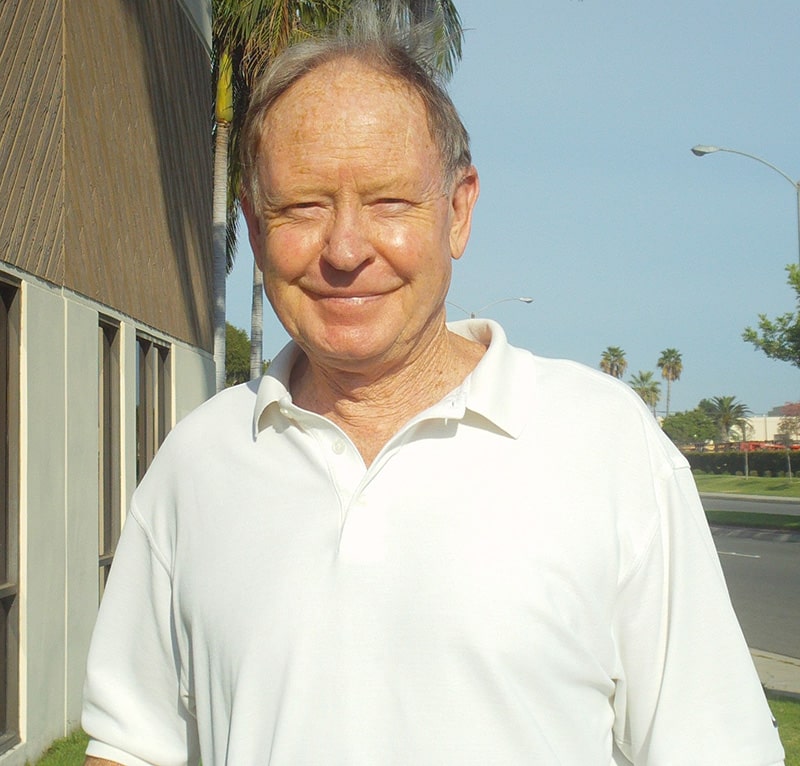
It didn’t happen, but it could have.
Bob Larsen could have sat down after being hired to coach cross country and track at Monte Vista High in 1964 and produced a check-list of his goals.
San Diego Section high school champions. Community college titlists. Hey, how about winning an NCAA crown? Wait, what about a National championship? Oh yes, coaching the U.S. at the Olympic level.
You could almost see his pen flying faster and faster as the list grew. Now, 46 years later, it’s check, check, check, check and check.
The 1959 graduate of Hoover High has achieved at the same high level throughout his career, starting way back at what was then a Monte Vista High program that had no history of success to just this last year when he guided Meb Keflezighi to a New York City Marathon title.
“I knew right from the start I was only going to stay at Monte Vista for four years and get my Master’s Degree,” said Larsen, 70. “I had been a graduate assistant at San Diego State and had a chance to coach at the college level, but I always respected those coaches who started at high school.”
His first year, Larsen’s Monte Vista team won the section small school title. The next three years he moved up to the large school division to take on the big guys and won there too.
True to his word, after four years he took the cross country and track program at Grossmont College and built an even more dominant dynasty, capturing seven straight state titles.
In 1976 a group of his former Griffin runners convinced him to put together an all-star team from the San Diego area and enter the National AAU Championships.
The Jamul Toads (Terry Cotton, Kirk Pfeffer, Ed Mendoza, Dave Harper, Tom Lux, Thom Hunt and Dale Fleet), composed entirely of San Diego runners, most of whom competed for Larsen as some point in their careers, pulled the surprise by winning the national title.
But Larsen really enjoyed taking athletes who were not stars and developing them, so when UCLA came courting in 1978, he took the next step up the ladder, eventually producing NCAA championship track teams in 1987 and 1988 before retiring after 21 years.
During his tenure he was selected NCAA Cross Country Coach of the Year in 1987, 1978, 1995 and NCAA Track Coach of the Year in 1980.
“What I’m most proud of in winning those awards is that twice we didn’t win the national championship,” said Larsen. “That award usually goes to the coach of the national champions.”
Larsen was stepping down from the daily grind at UCLA, where he won nine Pac-10 titles, but not from coaching as he continued to train world-class runners, helping establish a high-altitude base in Mammoth for which he was named the 2004 Olympic distance coach.
The purpose was to give American runners a chance to train year-round at altitude in a setting that was conducive to producing world-class performances.
Quality runners and an equally quality coach resulted in the first U.S. Olympic marathon medals in almost a quarter century in 2004 when Deena Kastor stunned a quality field in Athens with a bronze medal for third and then the shocker—San Diego’s Meb Keflezighi earned the silver medal.
Larsen certainly knew Keflezighi’s potential since in 1994 he recruited him out of San Diego High to run at UCLA.
Suddenly, everyone outside of southern California wanted to know about this quiet, unassuming coach.
“I never thought that cheerleaders made the best coaches,” said Larsen, fully aware that especially at the high school level many coaches run as far if not farther than their runners during cross country races, going from place to place to give encouragement. “I respected coaches who were under control . . . a coach should not add anxiety to athletes who were already keyed up.”
Instead, Larsen made sure his athletes were ready to roll before meet day, then turned them loose.
“I always respected coaches who could work with different athletes,” said Larsen. “In high school, for example, you don’t get to pick your athletes. The idea is to get the best out of each athlete. In track there are distance runners, sprinters, jumpers, throwers—hey, even pole vaulters—so you match the athlete’s talent and personality with the event.”
As Larsen looks back on his coaching career and philosophy, he smiles.
“I was probably a little heavy-handed (compared to the way he is now) at first,” says Larsen, who splits his time living in the Los Angeles and Mammoth areas. “You get so excited that you try to do too much at first. You’ve got to know who you’re dealing with. But every athlete needs a challenge, you need to get their attention and in some cases, change their habits.”
And you need to know that when even one of your favorites is at a crossroads, you give them a chance to make their own decision.
Unlike unscrupulous prize fighting managers who really care little about their boxers, Larsen was aware of his runners’ problems so when Keflezighi suffered a hip fracture and then finished eighth in the Olympic Trial 10,000-meters in 2008, he knew Meb was considering limping away from the sport.
One of Larsen’s deeply-engrained philosophies is that athletes must know their own limits and if they could fight through injuries and disappointments, they’d be better for it. But only the athlete could truly know.
“It was a dark time,” admitted Keflezighi. “Coach Larsen said, ‘Meb, it’s always an honor to coach you.’ I took that as an OK to quit if that’s what I wanted. But I prayed and I thought of when I was at UCLA and we’d say ‘fight, fight, fight.’ I couldn’t quit.”
Once again, Larsen knew his athlete’s strengths and how to get the most out of him as Keflezighi recovered and continues to have a promising career.
track and field

Willie SteeleRead More >>
|
Willie BanksRead More >>
|
Steve ScottRead More >>
|
Gail DeversRead More >>
|
Bob LarsenRead More >>
|
Billy MillsRead More >>
|
Arnie RobinsonRead More >>
|
Ron Mix
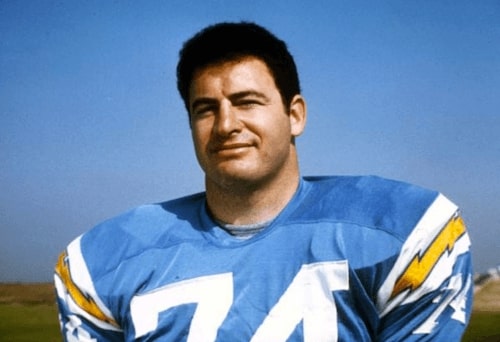
Inducted in 1975. Ron Mix, star offensive lineman at USC, was the top draft pick of the Baltimore Colts in 1960, but opted to play for the Chargers in the fledgling American Football League.
An eight time ALL-AFL selection and seven time All-Star, he played in five AFL championship games for the Chargers and was the second AFL player elected to the Pro Football Hall of Fame.
Nicknamed the “Intellectual Assassin”, and known for outstanding technique in both pass and run blocking, he was penalized for holding only twice in his career, which ended with the Oakland Raiders in 1971.
He became a San Diego attorney and was named to Pro Football’s 25 year (1960-1984) All Pro Team.
Mike Stamm

Inducted in 1978. Mike Stamm set one world record and five American records in the backstroke.
Named to the High School All-America Team while competing for Crawford High, he went on to set numerous Big 10 and NCAA records at Indiana University and won one gold and two silver medals in the 1972 Olympic Games in Munich.
The Gold came as a member of the winning 400 meter medley relay team, and he won individual silver medals in the 100-meter and 200 meter backstroke.
He set a world mark of 2:06.33 in the 200 meter backstroke and a U.S. record of 58.53 in the 100 meter backstroke to win National AAU titles in 1970.
He won eight national championships overall.
Randy Jones
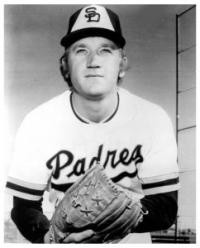
Inducted in 1996, Randy Jones, a fast working left hander with an outstanding sinker and pinpoint control, wsa the first San Diego Padres pitcher to win the Cy Young Award.
An All-American at Chapman College, he went 20-12 with a National League leading 2.24 earned run average in 1975. In 1976, he was 22-14 with 2.74 ERA, running away with Cy Young as the national League’s best pitcher. Randy led the league in victories, complete games (20) and innings pitched (315 1/3), and tied Christy Mathewson’s 1913 record of 68 consecurtive innings without issuing a walk.
An all time fan favorite, he received standing ovations when he walked out to warm up. The Padres retired his uniform, No. 35, in 1997.

 Beranda
Beranda
 Whatsapp
Whatsapp
 Daftar
Daftar
 Promosi
Promosi
 Telegram
Telegram